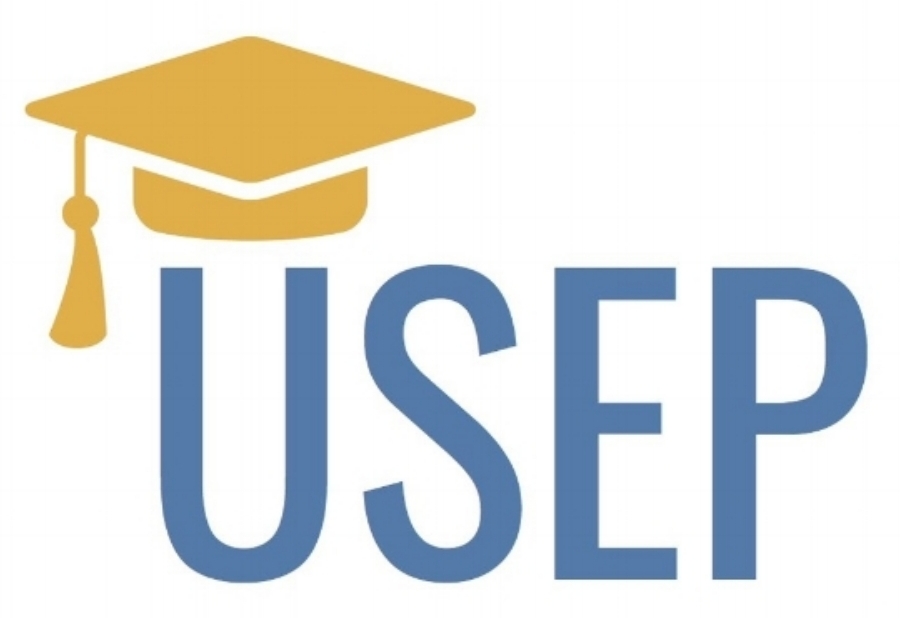Returning to Mexico
Curated by Dr. Laura Enriquez, Breana, and Dahana
The (Re)Writing Migration Stories Project created the opportunity for 17 UCI undergraduate and graduate students at UC Irvine to travel to Mexico in December 2023 and January 2004. As undocumented students and U.S. citizens with currently or formerly undocumented family members, this was the first time in a long time that we had returned to Mexico. This panel features the autoethnographic research we conducted during our travles.
Pen Pal Letters
Prior to traveling to Mexico, all (Re)Writing Migration Stories participants prepared letters in which they shared their aspirations, expectations, and feelings about the upcoming trip.
Most participants elected to write letters to Madai Zamora, one of the staff members from Otros Dream en Acción, the community based organization in Mexico City with whom we would be spending a portion of our time with on the trip. The panel featured four examples of participants’ letters as well as Madai’s response. These letters featured common themes, including conflicting emotions about meeting and visiting family, and having the opportunity to create their own connection to Mexico.
A second panel featured two additional pen pal letters, one addressed to the participant’s parents and another to their inner child. Each letter is accompanied by poems Breana wrote upon reflecting on the emotions of the letter.
Tejidos
During their travels, participants wrote autoethnographic fieldnotes documenting their experiences and feelings (re)connecting with people and places in Mexico. We drew on these fieldnotes to write tejidos (literally translated as weavings), a form of poetry composed by weaving together words and phrases to document the core themes of a collective conversation. This panel featured three tejidos, one for each of the themes we focused on for the exhibit: borders, identity, and home.
By using tejidos, we drew on all participants’ autoethnographic notes to provide a bigger picture of the impact of our travels, including the emotions and healing we experienced. This art form also allows us to highlight how we have shared expereinces and emotions, even though we come from different backgrounds and families. Each tejido was featured on top of woven paper to visually represent how the threads of each of our stories were woven together to produce collective knowledge.
















